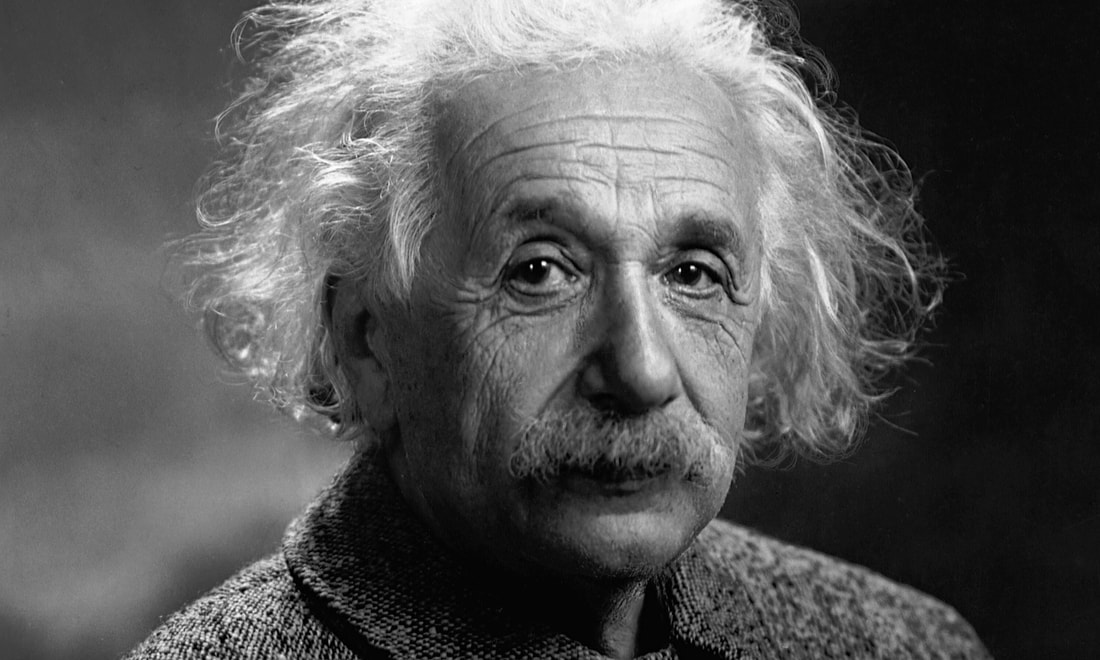The U.S. realized during WWI that they would’ve been much more effective at ending the war sooner if there were better roads in Europe. After World War I, leaders in Washington became concerned about the state of our nation’s roads should we ever need to fight a war at home. The automobile was still a relatively new invention so most transcontinental travel depended on a few train tracks spanning the country. The U.S. War Department (now the Defense Department), wanted to know if our nation’s roads could handle coast-to-coast movements of military equipment so the vision of having a roadway system was mostly about our military effectiveness not about having roads for personal use.
The Federal Government sent a Transcontinental Motor Convoy which included 80 military vehicles and 280 soldiers from Washington, D.C. to California on July 7, 1919. Army scouts rode ahead of the convoy on Harley Davidson motorcycles to check out the conditions. They traveled over dirt roads, rutted paths, winding mountain trails, and shifting desert sands on their way to California.
Many areas were nearly impassable and the men often had to push or pull the heavy trucks in their convoy to keep them moving. The vehicles frequently broke down, got stuck in mud, and sank when roads and bridges collapsed under them. In spite of the hardships, 62 days after it left Washington, D.C., the convoy reached San Francisco. It had covered 3,251 miles, averaging 58 miles a day at an average speed of 6 mph. The official report of the War Department concluded that the existing roads in the United States were absolutely incapable of meeting their requirements.
One of the Army officers on the convoy was 28-year-old Lieutenant Colonel Dwight D. Eisenhower, who later said the roads they encountered “varied from average to non-existent.” Eisenhower never forgot this grueling experience nor how difficult it was during WWII to get around the various countries so one of the most important things he did after becoming president was to create the interstate highway system.
Construction began in 1956, and the entire interstate system now has a total length of 46,837 miles. It’s the largest highway system in the world and the largest public works project in world history.

 RSS Feed
RSS Feed